Lehigh University
Office or Center Name Here
2023 Fazlur R. Khan
Distinguished Lecture Series
Honoring a legacy in structural engineering and architecture
Distinguished Lecturers |
||||
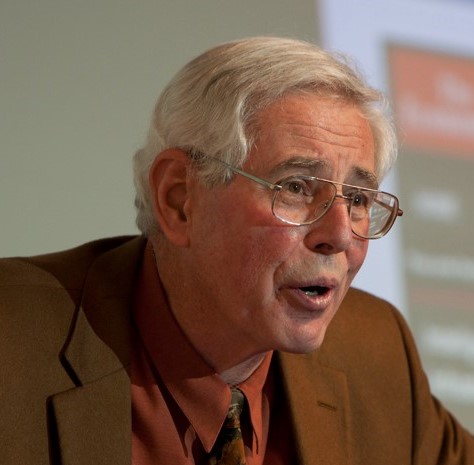 |
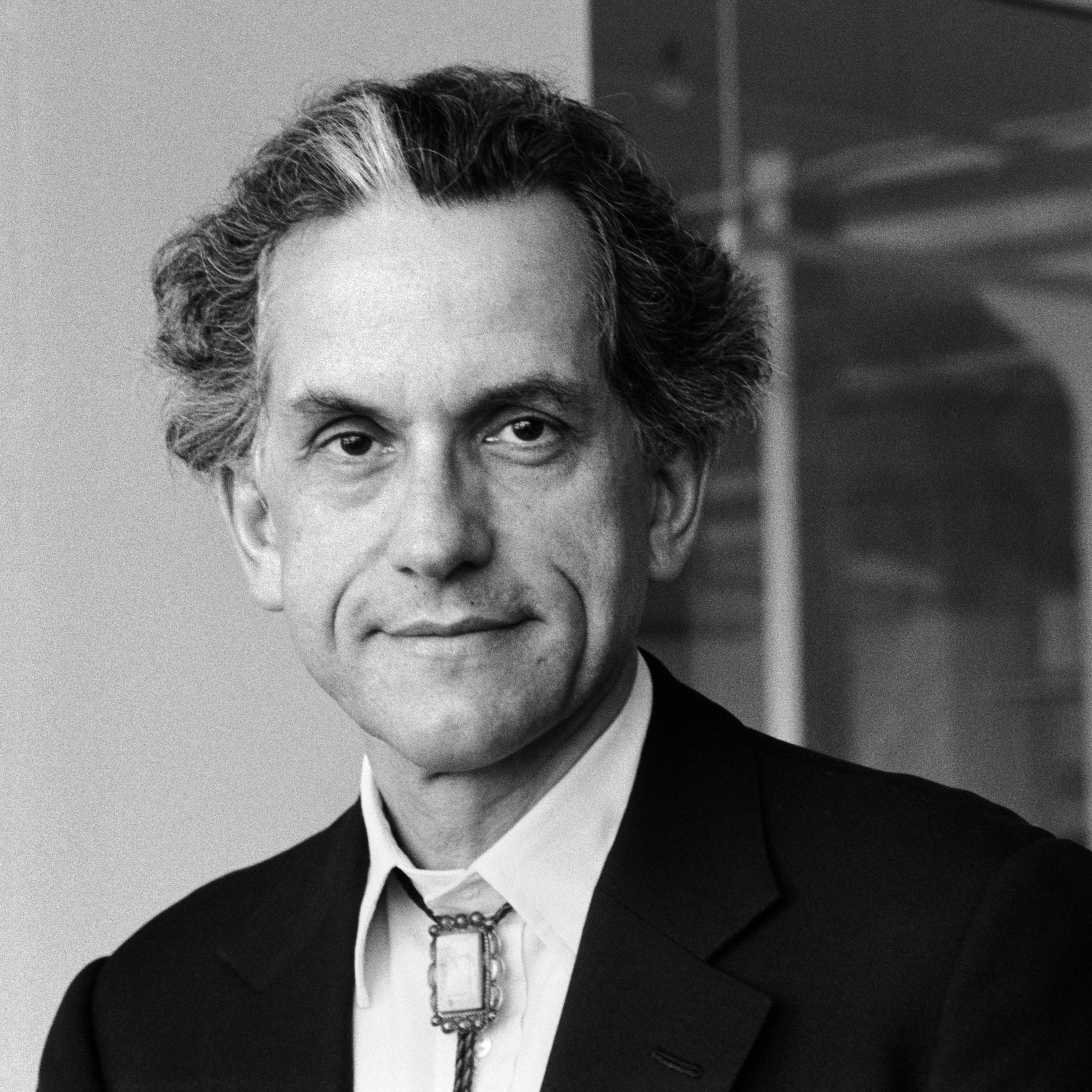 |
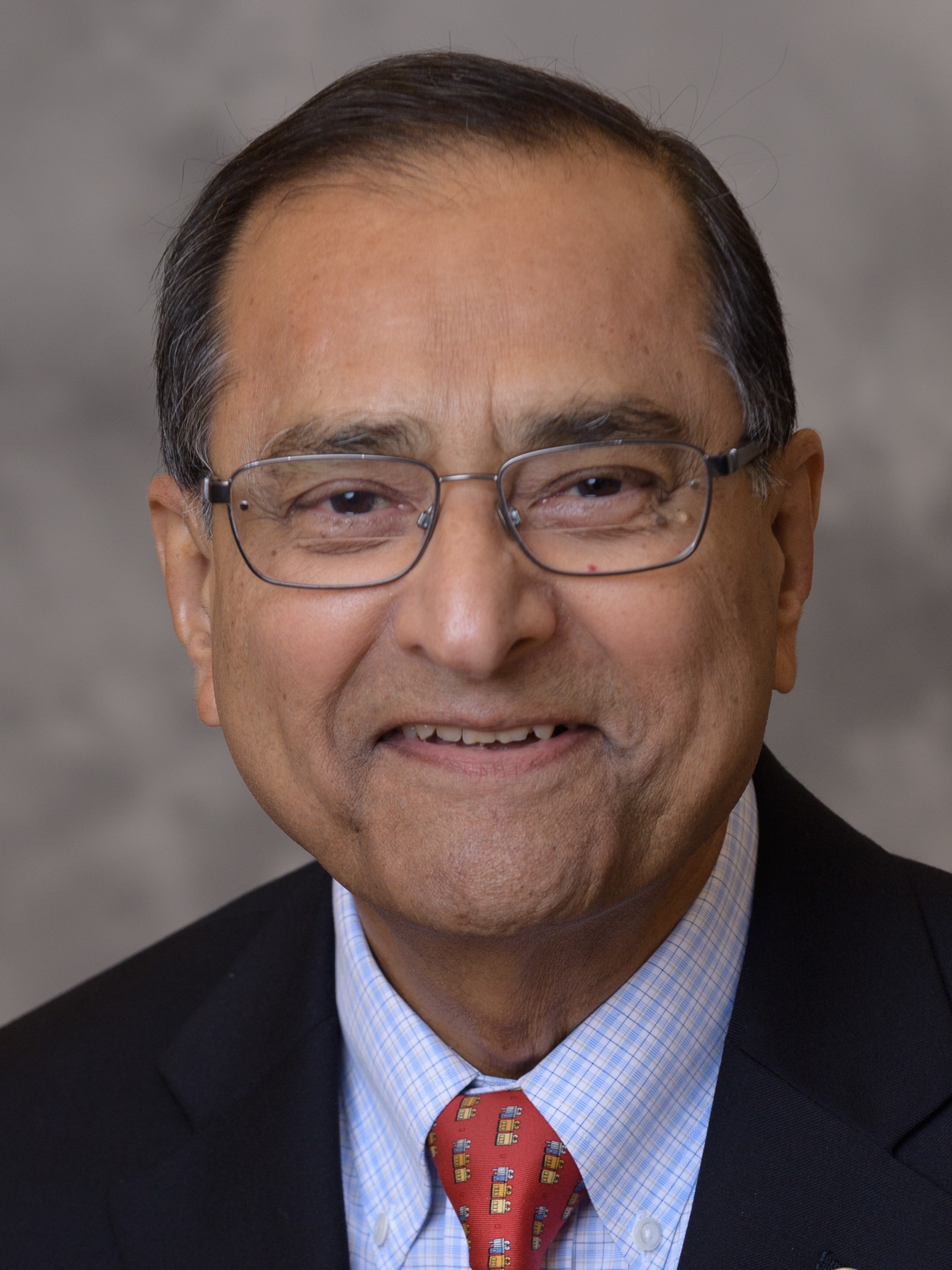 |
||
TOM O'ROURKE |
GUY NORDENSON Professor of Architecture |
KUMARES C SINHA |
||
|
|
|
||
 |
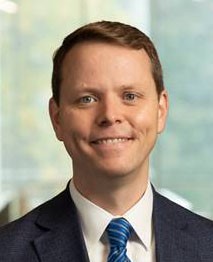 |
||
ANNE S. KIREMIDJIAN
|
JEROME P. LYNCH |
||
|
|
||
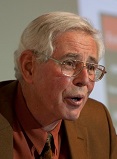 TOM O'ROURKE
TOM O'ROURKE
Thomas R Briggs Professor of Engineering Emeritus,
School of Civil and Environmental Engineering,
Cornell University,
Ithaca, NY
Next Generation Hazard Resilient Infrastructure
click here to view video
Friday, February 24, 2023– 4:30 pm
Location: Whitaker Lab 303, Lehigh University, 5 E. Packer Avenue, Bethlehem, PA
Overview:
Resilient underground infrastructure can accommodate large ground deformation from earthquakes, hurricanes, floods, adjacent construction, and subsidence. Professor O’Rourke will describe how ten new pipeline and conduit systems have been developed and commercialized using a protocol of large-scale tests and fault rupture experiments. The development and validation of analytical models for the soil-structure interaction of these systems are also described. Examples are used to illustrate the composition and performance of hazard resilient infrastructure. Next steps in the development of this technology are discussed, which include the incorporation of smart sensors.
MORE DETAILS available on O'Rourke's presentation. (PDF)
GUY NORDENSON 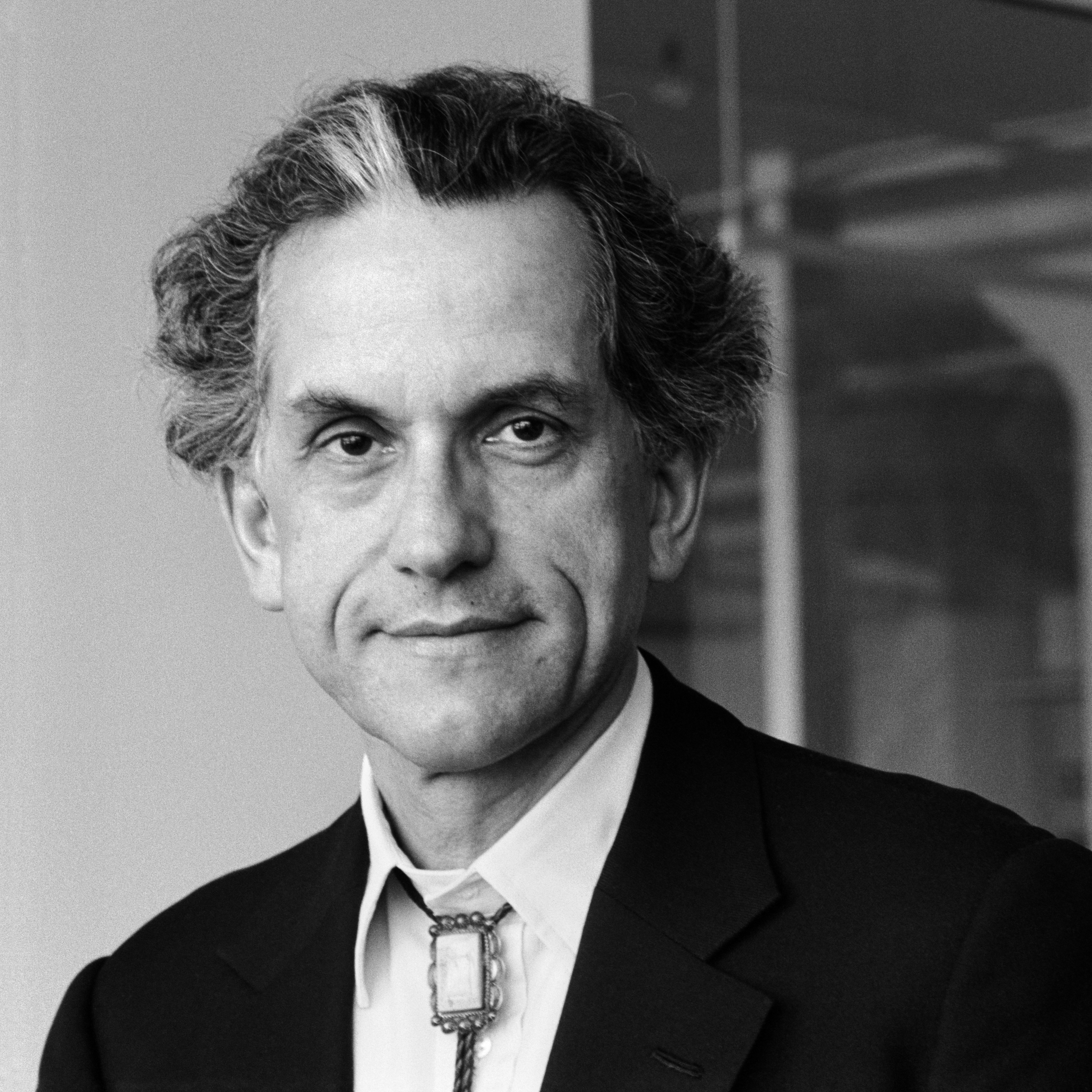
Guy Nordenson and Associates, Partner
Structural Engineers LLP,
New York, NY
Professor of Architecture
and Structural Engineering, School of Architecture,
Princeton University, Princeton, NJ
Working Structures
click here to view video
Friday, April 7, 2023 – 4:30 pm
Location: Whitaker Lab 303, Lehigh University, 5 E. Packer Avenue, Bethlehem, PA
Overview:
What is the role of the structural engineer in her and his collaborations with architects and artists? Fazlur Kahn and Joseph Colaco collaborated with William Hartmann on the 1967 Chicago Picasso. How do we characterize that role as compared to the collaborations on Kahn’s more famous works? What are the critical concepts that can account for the creative contributions of the different participants in key works of architecture? And what civic roles can engineers play in addressing the pressing needs of cities both in the climate crisis but also in the case of transformative events such as 9-11? This talk will review these questions from the perspective of the speaker’s participation in recent projects with architects and artists and also efforts to address the challenges of coastal resilience.
MORE DETAILS availalable on Nordenson's presentation. (PDF)
KUMARES C SINHA 
Edgar B. and Hedwig M. Olson Distinguished Professor of Civil Engineering, Lyles School of Civil Engineering,
Purdue University,
West Lafayette, IN
Next Generation Urban Transportation, Urban Living, and the Role of
Tall Buildings
click here to view video
Friday, April 28, 2023 – 4:30 pm
Location: Whitaker Lab 303, Lehigh University, 5 E. Packer Avenue, Bethlehem, PA
Overview:
Profound changes are taking place in how we live, go to work, do shopping, spend leisure hours, and ship and receive our goods and products, all influenced by emerging technologies and the attendant evolution in our transportation sector. The process of transformation is accentuated by changes in socio-economic characteristics of urban residents caused by pandemic-era contact restrictions and massive growth in telecommunications. The presentation will examine possible long-term cumulative impacts of these changes on urban living with particular emphasis on urban forms and the role of tall buildings.
MORE DETAILS availalable on Sinha's presentation. (PDF)
 ANNE S. KIREMIDJIAN
ANNE S. KIREMIDJIAN
The C. L. Peck, Class of 1906 Professor in Engineering Department of Civil Engineering and Stanford Doerr School of Sustainability
Stanford University, Stanford, CA
Time-Dependent Earthquake Risk Assessment Modeling with Life-Cycle Analysis
click here to view video
Friday, October 27, 2023 – 4:30 pm
Location: Lecture live streamed
Overview:
Earthquake risk assessment models have ignored structural deterioration and regional infrastructure growth over time. The risk is dynamic and has to consider the time dependence of large earthquake occurrences, structural deterioration, seismic design code changes, and increase in building stock over time. A time-dependent earthquake risk model is developed by our research team that considers the problem of increasing vulnerability of structures due to corrosion and contributions to the risk by various environmental factors. Key time dependent risk components include the earthquake hazard rate, the probability distribution of structural capacity given the earthquake demand and the decision variable dependence on monetary discount rates. Life-cycle cost analysis is used to evaluate the contribution of different repair components after every damaging earthquake event. Components in the life-cycle impact analysis include estimation of greenhouse gas potential, ozone depletion potential, acidification potential and several others. Results from applications of the methodology to a single reinforced concrete bridge column show that structural deterioration does contribute to the risk over time and if ignored can result in underestimation of that risk. Moreover, the risk significantly decreases with improved seismic design. Similarly, the contribution of various life-cycle impacts is most pronounced for older structures that have greater potential for deterioration.
MORE DETAILS available on Kiremidjian" presentation. (PDF)
JEROME P LYNCH 
Vinik Dean of Engineering
Fitzpatrick Family University Distinguished Professor of Engr
Professor of Civil and Environmental Engineering
Professor of Electrical and Computer Engineering
Duke University, Durham, NC
Elevating the Performance of the Built Environment through Cyberphysical Systems
click here to view video
Monday, December 4, 2023 – 4:30 pm
Location: Whitaker Lab 303, Lehigh University, 5 E. Packer Avenue, Bethlehem, PA
Lecture also live streamed.
Overview:
The increasing number of sensing and information technologies being integrated into our built environment is a driving force of smart cities. Fundamentally, smart city solutions are part of the broader family of cyber-physical systems (CPS) that embed cloud-enabled sensors and actuators in physical systems with cloud-based data analytics used to enhance system performance. The introduction of CPS architectures into the infrastructure domain offers a historic opportunity for the civil engineering profession to serve as the technological leaders of smart cities. This presentation gives a review of experiences in the design and deployment of CPS architectures into real-world operational infrastructure systems. First, a CPS framework for the asset management of bridges in a highway corridor will be introduced. Computer vision for traffic tracking is combined with bridge monitoring systems to quantitatively assess structural health and performance by linking measurement of traffic loads and bridge responses. Second, extensions of the CPS framework illustrated on bridges are explored to assess the use and benefits of social infrastructure in cities such as parks and public spaces. The talk concludes with an outlook for the future opportunities for the impact of CPS in other smart city applications.
MORE DETAILS availalable on Lynch's presentation. (PDF)
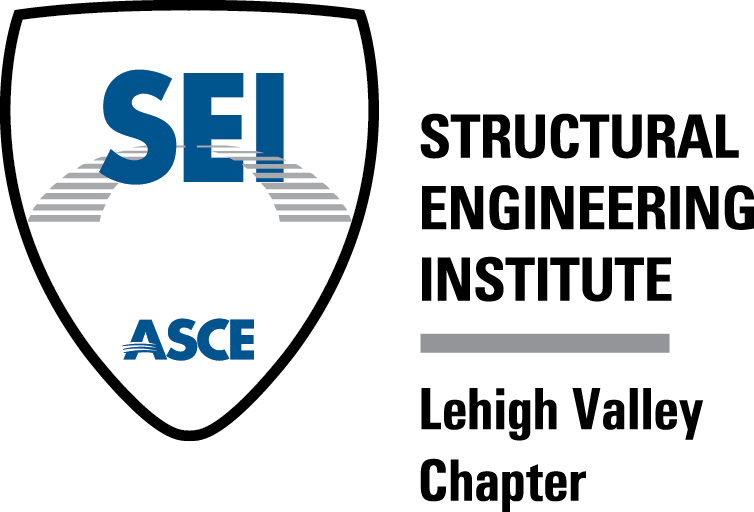 |
|
2023 Fazlur R. Khan Distinguished Lecture Series Poster (PDF)
The Fazlur R. Khan Distinguished Lecture Series has been initiated and organized by Dan M. Frangopol, the first holder of Lehigh's Fazlur Rahman Khan Endowed Chair of Structural Engineering and Architecture.
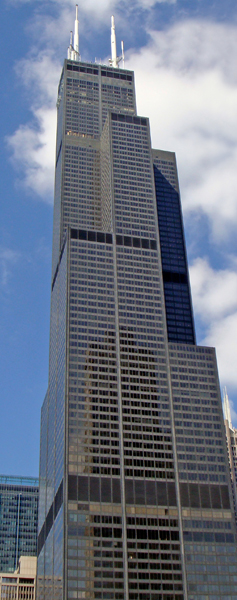
Willis (formerly Sears) Tower
The Fazlur R. Khan Distinguished Lecture Series honors Dr. Khan’s legacy of excellence in structural engineering and architecture.